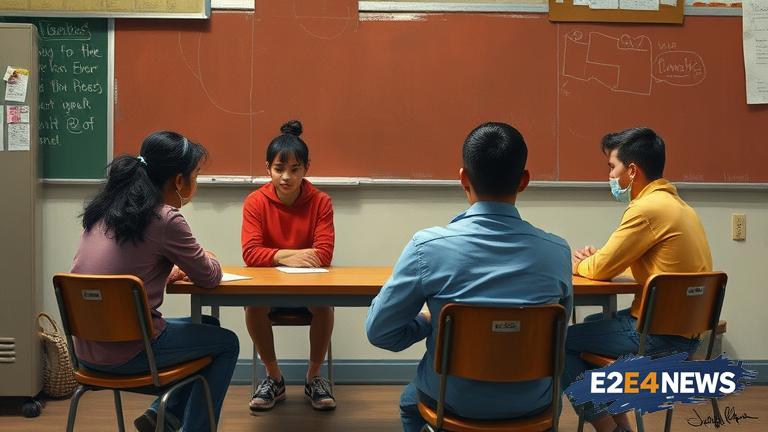The concept of restorative justice has been gaining traction in recent years, with many schools adopting this approach as a means of addressing disciplinary issues. However, a recent study has shed light on the ineffectiveness of this method, leaving many to wonder if it’s time to reconsider alternative approaches. Restorative justice, which focuses on repairing harm and promoting healing, has been touted as a more compassionate and inclusive way of handling conflicts. Nevertheless, the data suggests that this approach has failed to yield the desired results. In fact, the study found that restorative justice has led to increased violence, bullying, and disruptions in schools. This is particularly concerning, as it suggests that the method may be doing more harm than good. One of the primary concerns with restorative justice is that it often fails to hold students accountable for their actions. By focusing on healing and repair, rather than punishment and consequences, students may not be adequately incentivized to change their behavior. Furthermore, the approach can be time-consuming and resource-intensive, taking away from valuable instructional time. Additionally, the study found that restorative justice can be particularly ineffective in cases where students are repeat offenders or have committed serious infractions. In such cases, more traditional disciplinary methods may be necessary to ensure the safety and well-being of all students. Despite the good intentions behind restorative justice, the evidence suggests that it is not a one-size-fits-all solution. Rather, schools should consider a more nuanced approach that takes into account the unique needs and circumstances of each student. This may involve combining elements of restorative justice with more traditional disciplinary methods, such as detention or suspension. Ultimately, the goal should be to create a safe and supportive learning environment that promotes academic achievement and social growth. The study’s findings have significant implications for educators, policymakers, and parents, who must now reexamine their approach to discipline and consider alternative methods. As the debate surrounding restorative justice continues to unfold, it is essential to prioritize the needs and well-being of all students, while also ensuring that schools remain safe and orderly. The failure of restorative justice in schools serves as a reminder that there is no single solution to the complex challenges facing educators today. By acknowledging the limitations of this approach and exploring alternative methods, we can work towards creating a more effective and equitable system of discipline. The study’s authors conclude that restorative justice is not a panacea for disciplinary issues, and that a more comprehensive approach is needed to address the root causes of misbehavior. This may involve addressing underlying social and emotional issues, such as poverty, trauma, and mental health concerns. By taking a more holistic approach to discipline, schools can create a more supportive and inclusive environment that promotes academic success and social growth. The implications of the study’s findings are far-reaching, and it is likely that the debate surrounding restorative justice will continue to evolve in the coming months and years.
